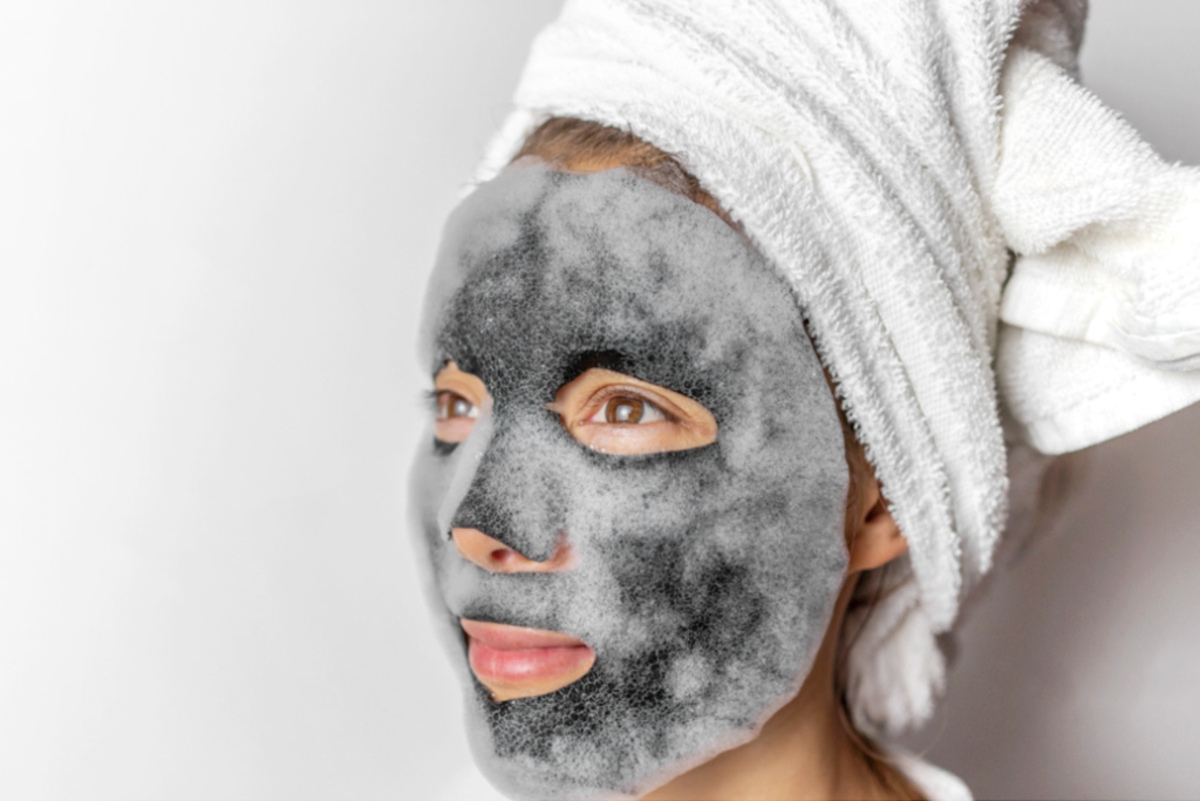
When it comes to the human body, the neck is a fascinating and vital part of it. It serves as the connection between the head, which houses the brain, and the rest of the body. While we may often take it for granted, the neck plays crucial roles in supporting the weight of the head, protecting delicate structures, and facilitating movement and communication.
In this article, we will explore 11 captivating facts about the neck that will help us appreciate its significance in human anatomy. From its intricate anatomy to its role in human expression, these facts will provide a deeper understanding of this remarkable body part. So, let’s dive in and discover the wonders of the neck!
Key Takeaways:
- The neck consists of seven vertebrae, protecting the spinal cord and housing important blood vessels. It supports the head and allows for a wide range of movements, making it a crucial and fascinating part of the human body.
- Regular neck exercises can alleviate tension and improve mobility, while also helping to reduce the risk of discomfort and pain. It’s important to care for and appreciate this remarkable structure for overall well-being and functionality.
The neck consists of seven vertebrae.
The human neck is made up of seven small bones called vertebrae, which are stacked on top of each other. These vertebrae are known as C1 to C7, with C1 being at the top closest to the skull and C7 at the bottom near the shoulders.
The neck is responsible for protecting the spinal cord.
The spinal cord, a critical part of the central nervous system, runs through the neck vertebrae and is protected by them. This protection helps safeguard the delicate nerves that transmit signals between the brain and the rest of the body.
The neck contains important blood vessels.
The carotid arteries, located on either side of the neck, supply blood to the brain. Additionally, the jugular veins, also found in the neck, carry deoxygenated blood from the brain back to the heart.
The neck provides structural support for the head.
One of the primary functions of the neck is to support the weight of the head, which can weigh around 11 pounds (5 kilograms) on average. The neck’s strong muscles and bones help maintain proper alignment and posture.
The neck allows for a wide range of movements.
The neck’s flexibility enables a variety of movements, such as turning the head side to side, nodding up and down, tilting to the side, and rotating in a circular motion. These movements are crucial for everyday activities like driving, talking, and looking around.
The neck contains the larynx, also known as the voice box.
Located in the front of the neck, the larynx houses the vocal cords, which play a vital role in speech production. When air passes through the larynx, it causes the vocal cords to vibrate, producing sound.
The neck is susceptible to injuries.
Due to its exposed position and the complexity of its structure, the neck is prone to injuries, such as strains, sprains, whiplash, and cervical spine fractures. It is important to take precautions and practice safe behaviors to minimize the risk of neck injuries.
The neck muscles are among the strongest in the body.
The muscles in the neck are incredibly robust to support the weight of the head and facilitate its movements. These muscles include the sternocleidomastoid, trapezius, scalenes, and levator scapulae.
The neck plays a crucial role in breathing.
The neck houses the trachea, or windpipe, which allows air to flow in and out of the lungs. Additionally, the neck muscles are involved in the process of respiration by aiding in the expansion and contraction of the ribcage.
The neck can reveal signs of certain medical conditions.
During a physical examination, healthcare professionals often examine the neck for abnormalities or swelling, as it can provide valuable clues and indications of underlying medical conditions, such as thyroid disorders, lymph node inflammation, or cervical spine conditions.
Neck exercises can help alleviate tension and improve mobility.
Engaging in regular neck exercises, under the guidance of a healthcare professional, can help relieve muscle tension, improve flexibility, and reduce the risk of neck-related discomfort and pain.
The neck is undeniably a remarkable part of human anatomy, supporting important functions and movements that we often take for granted. It is essential to care for and appreciate this intricate structure to maintain overall well-being and functionality.
Next time you look in the mirror or turn your head, remember the 11 captivating facts about the neck and marvel at the wonders of the human body.
Conclusion
The neck is an incredible and vital part of the human body. It connects our head to the rest of our body, houses important structures like the spinal cord and major blood vessels, and allows for a wide range of movements. Understanding the anatomy and functions of the neck can help us appreciate its complexity and the role it plays in our daily lives. From supporting the weight of our head to facilitating communication through speech, the neck is truly captivating. So next time you think about your neck, take a moment to marvel at its intricacies and the wonders it enables.
FAQs
1. What is the purpose of the neck?
The neck serves multiple purposes, including supporting the weight of the head, housing various important structures, facilitating movement, and enabling vital functions like breathing and swallowing.
2. Why is the neck so flexible?
The neck is flexible due to the presence of vertebrae called cervical vertebrae, which are smaller and more mobile compared to the vertebrae in the rest of the spine. This allows for a wide range of movements, including tilting, rotating, and bending the head.
3. What are some common neck-related issues?
Common neck-related issues include neck pain, stiffness, muscle strains, herniated discs, and degenerative conditions like arthritis. Poor posture, repetitive motions, and trauma can contribute to these problems.
4. How can I maintain a healthy neck?
To maintain a healthy neck, it is important to practice good posture, engage in regular exercise to strengthen the neck muscles, take breaks from prolonged sitting or screen time, and avoid excessive strain on the neck through proper ergonomics.
5. When should I seek medical attention for neck pain?
If neck pain is severe, persistent, accompanied by other symptoms like numbness or weakness, or if it follows an injury, it is advisable to seek medical attention. A healthcare professional can assess the condition and provide appropriate treatment.
Necks play a vital role in our lives, from supporting our heads to enabling communication. Fascinating creatures like ringnecked snakes have their own unique neck adaptations. Turkey necks, a nutritious delicacy, offer surprising health benefits. Rednecked keelbacks, with their distinctive coloration, have astonishing behaviors and habitats.
Was this page helpful?
Our commitment to delivering trustworthy and engaging content is at the heart of what we do. Each fact on our site is contributed by real users like you, bringing a wealth of diverse insights and information. To ensure the highest standards of accuracy and reliability, our dedicated editors meticulously review each submission. This process guarantees that the facts we share are not only fascinating but also credible. Trust in our commitment to quality and authenticity as you explore and learn with us.


